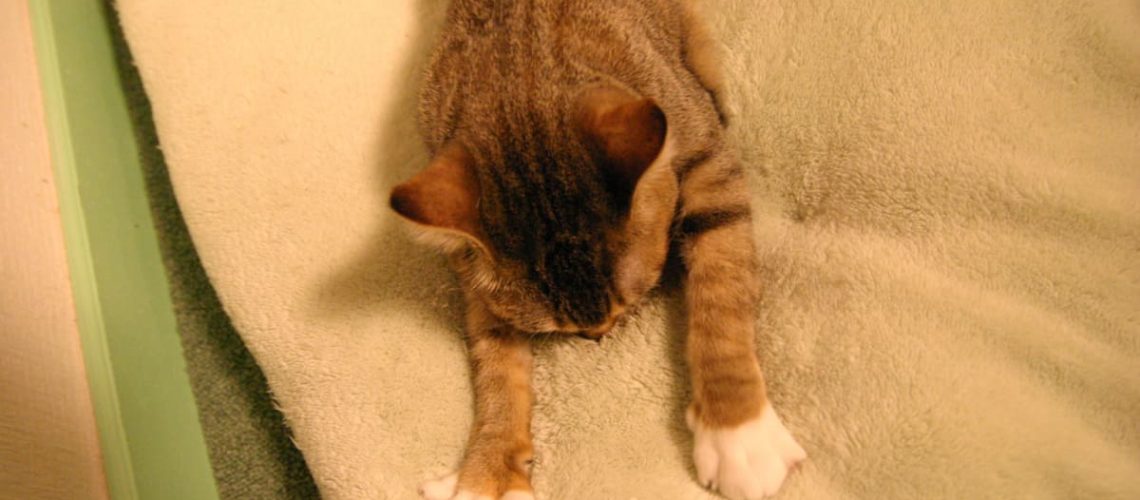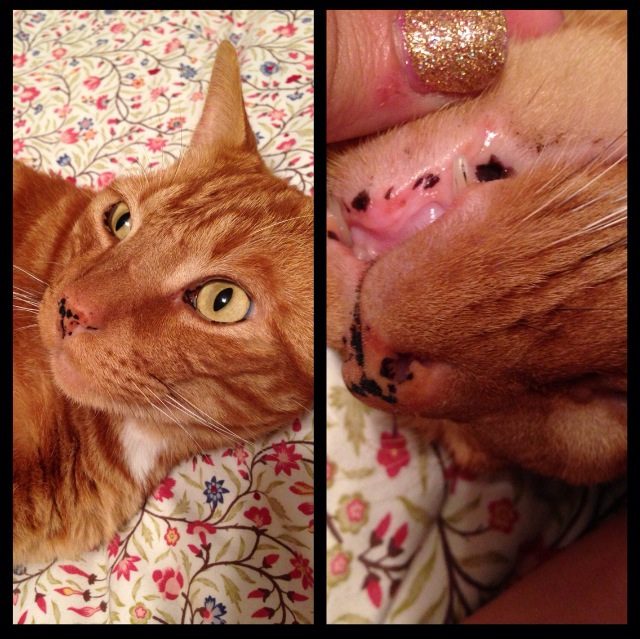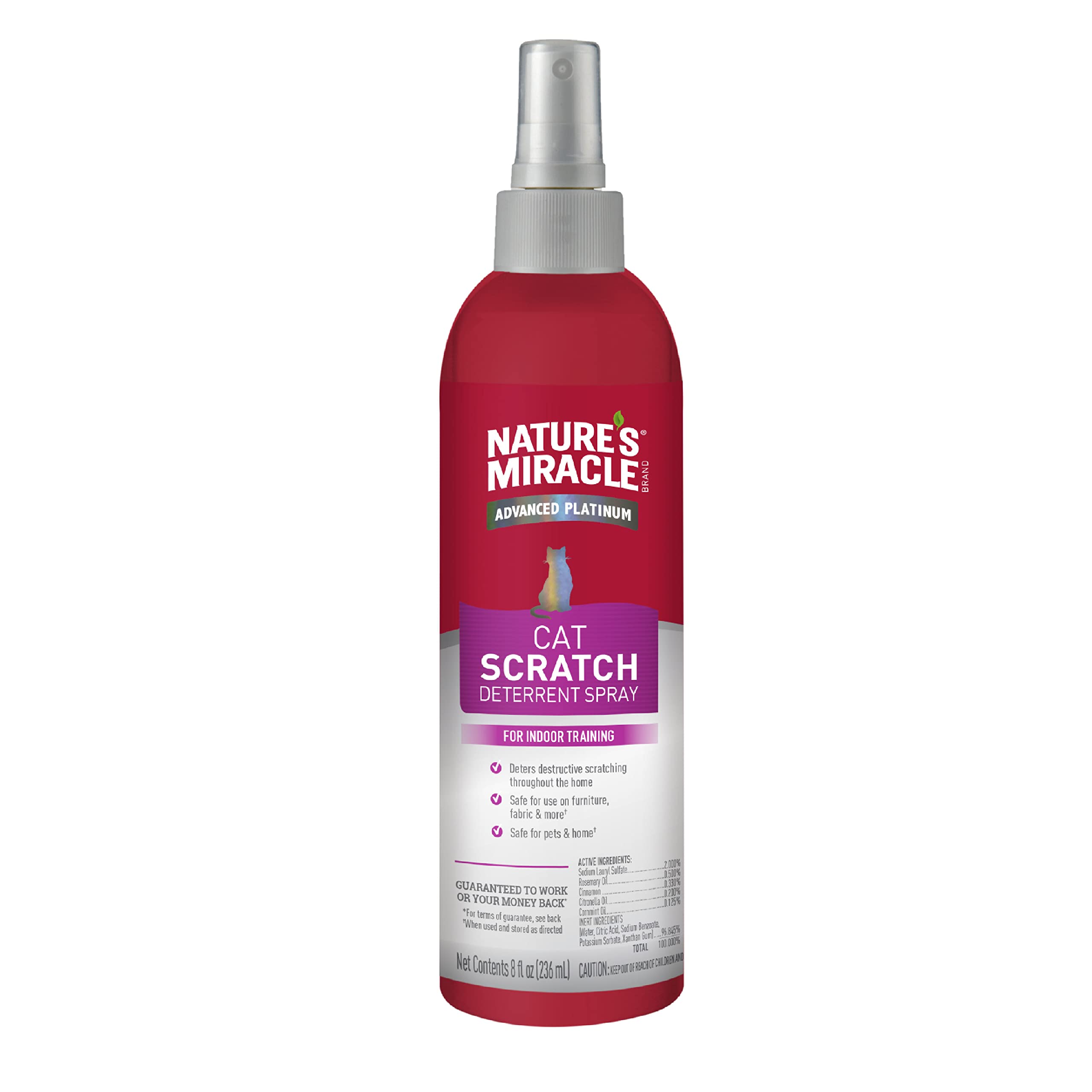Are you tired of finding your favorite wool sweaters covered in tiny cat teeth marks? Do you wonder why your furry friend insists on sucking on wool? Well, get ready to unravel the mysteries of this peculiar behavior because we have all the answers you need! In this fascinating exploration of "Woolly Wonders: Why Cats Suck on Wool & How to Stop It," we will delve into the hidden reasons behind this feline fascination and provide you with practical solutions to put an end to it. Understanding this topic is essential for any cat owner who wants to protect their beloved garments and ensure their furry companions are happy and healthy. So, grab a cup of tea, snuggle up with your purring pal, and let's embark on a journey that will not only enlighten you but also empower you with valuable strategies. Get ready to bid farewell to those pesky wool-wrecking habits!
Key Takeaways:
- Cats may suck on wool due to a natural instinct from their kittenhood.
- Sucking on wool can be comforting and soothing for cats, similar to how humans use pacifiers.
- Wool sucking behavior can potentially lead to dental issues or ingestion of fibers, so it's important to address the behavior.
- Providing alternative toys or objects for cats to suck on can help redirect their behavior away from wool.
- If the wool sucking behavior persists or becomes excessive, consulting a veterinarian or animal behaviorist is recommended.
Why do cats suck on wool?
Many cats have a natural instinct to suckle or nurse, similar to how they would when they were kittens. This behavior is often seen in cats that were weaned too early or separated from their mothers too soon. Sucking on wool may provide comfort and remind them of the time when they were nursing.
Cats may also be attracted to the texture and smell of wool. The fibers of wool can feel soft and soothing in their mouths, which can be appealing for some cats. Additionally, wool can retain scents, such as the scent of their owner or other animals, which might make it even more enticing for them to suck on.
Potential problems from cats sucking on wool
Sucking on wool can lead to several issues for both the cat and their owners. One common problem is the damage that cats can cause to woolen items such as blankets, sweaters, or carpets. Their sucking behavior may result in holes or frayed edges, which can be expensive to repair or replace.
Another concern is that ingesting pieces of wool can pose a choking hazard or lead to intestinal blockages in cats. Wool fibers are not easily digestible and can get tangled up in their digestive system if swallowed. This can require surgery to remove the blockage and potentially be life-threatening for the cat.
How does sucking on wool affect a cat's health?
Sucking on wool itself is not inherently harmful to a cat's health unless they ingest it. Ingesting wool fibers can lead to gastrointestinal issues like vomiting, diarrhea, loss of appetite, and abdominal pain. If left untreated, it could cause severe complications requiring medical intervention.
In rare cases, excessive sucking on wool may also contribute to dental problems in cats. The constant moisture from their saliva combined with the abrasive texture of wool can wear down their teeth, leading to dental issues such as tooth decay or gum disease.
Types of wool that cats prefer to suck on
Cats may have individual preferences when it comes to the type of wool they are attracted to. However, some common types of wool that cats tend to favor include:
- Merino wool: Known for its softness and fine fibers, merino wool can be particularly appealing for cats.
- Cashmere: Cats may be drawn to the luxurious feel and warmth of cashmere wool.
- Lambswool: The fluffy texture of lambswool can make it enticing for cats to suck on.
Effective strategies to prevent cats from sucking on wool
If you want to discourage your cat from sucking on wool, there are several strategies you can try:
- Provide alternative toys or objects for your cat to suckle on, such as plush toys or fleece blankets.
- Spray a pet-safe deterrent spray on the woolen items you want to protect. The bitter taste will discourage your cat from sucking on them.
- Keep woolen items out of your cat's reach by storing them in closed closets or using protective covers.
- Redirect your cat's attention whenever you catch them attempting to suck on wool by offering treats or engaging them in playtime with interactive toys.
Alternative materials or toys to redirect a cat's desire to suck on wool
If your cat has a strong inclination towards sucking behaviors, providing alternative materials or toys can help redirect their desire away from wool. Some options to consider include:
- Fleece toys or blankets: Cats often find the texture of fleece comforting and may prefer it over wool.
- Silicone or rubber chew toys: These types of toys can provide a similar sensation to sucking without the risk of ingesting fibers.
- Interactive puzzle toys: Engaging your cat's mind with puzzle toys can distract them from their sucking behavior and provide mental stimulation.
Can the behavior of sucking on wool be stopped completely?
While it may be challenging to completely eliminate the behavior of sucking on wool, with patience and consistent training, you can significantly reduce or redirect your cat's desire to suck on wool. It's important to remember that this behavior is deeply ingrained in some cats due to their natural instincts, so managing it rather than eradicating it entirely may be a more realistic goal.
In conclusion, cats suck on wool because it reminds them of their mother's fur and provides comfort. To stop this behavior, try providing alternative toys or blankets for them to chew on and redirect their attention.
Why is my cat obsessed with wool?
Cats have a mysterious attraction to wool, similar to their fascination with boxes. It is not fully understood why cats are drawn to wool, but animal behavior experts believe it may have to do with the lanolin oil found in sheep's wool fibers.
How do I get my cat to stop nursing on blankets?
The most important thing you can do is create a loving and nurturing environment for the kitten. If the kitten feels secure, well cared for, and content, it will be less likely to look for opportunities to suckle. It's important to ensure that the environment is comforting and free from stress. Offer plenty of opportunities for play and mental stimulation.
Is it bad for cats to eat wool?
Eating wool can cause a blockage in the intestines, which can be deadly if not treated promptly by a veterinarian who may need to perform surgery on the abdomen. The main treatment for this compulsive disorder consists of taking certain medications and making changes in behavior.
How long does it take for a cat to pass yarn?
If you are aware that your cat has consumed a string and there are no visible issues, it is possible that the cat will expel the string in its feces within a time frame of 10 to 24 hours.
Why do cats chew on fuzzy blankets?
It is common for cats to knead and bite blankets or similar objects, which is believed to simulate their behavior as kittens nursing from their mother. While adult cats do not necessarily need to engage in these actions, they often do so as a way to bond and seek comfort. They tend to prefer soft textures like blankets or clothing.
Why do cats eat fuzzy blankets?
Snuggling and nursing on something soft reminds cats of their instinctual behavior when they were nursing as kittens. This behavior is associated with feelings of comfort and security, and both young and adult cats may exhibit this behavior.

















